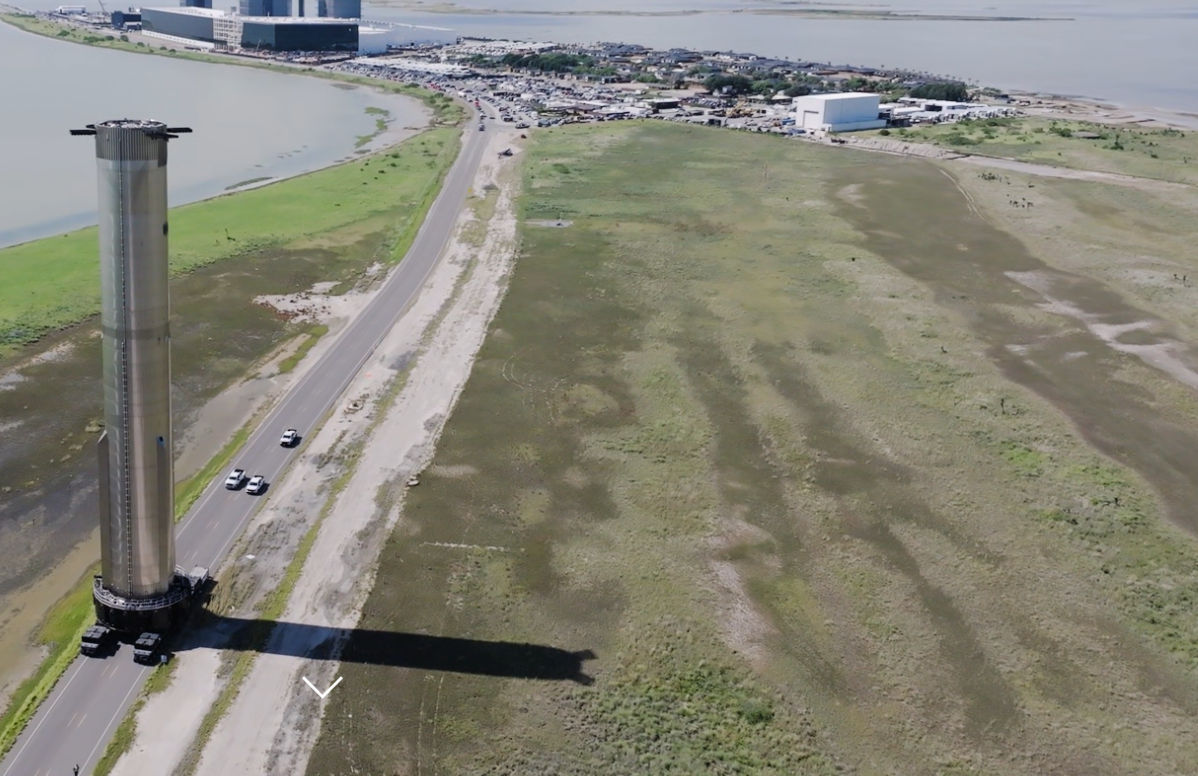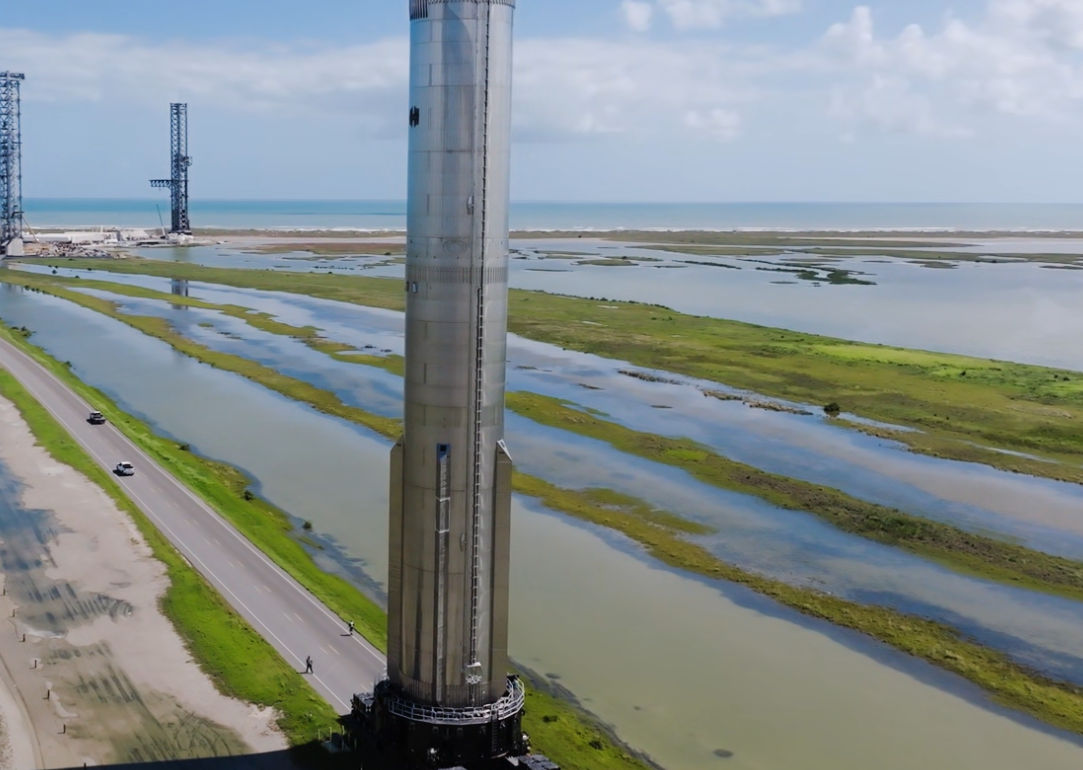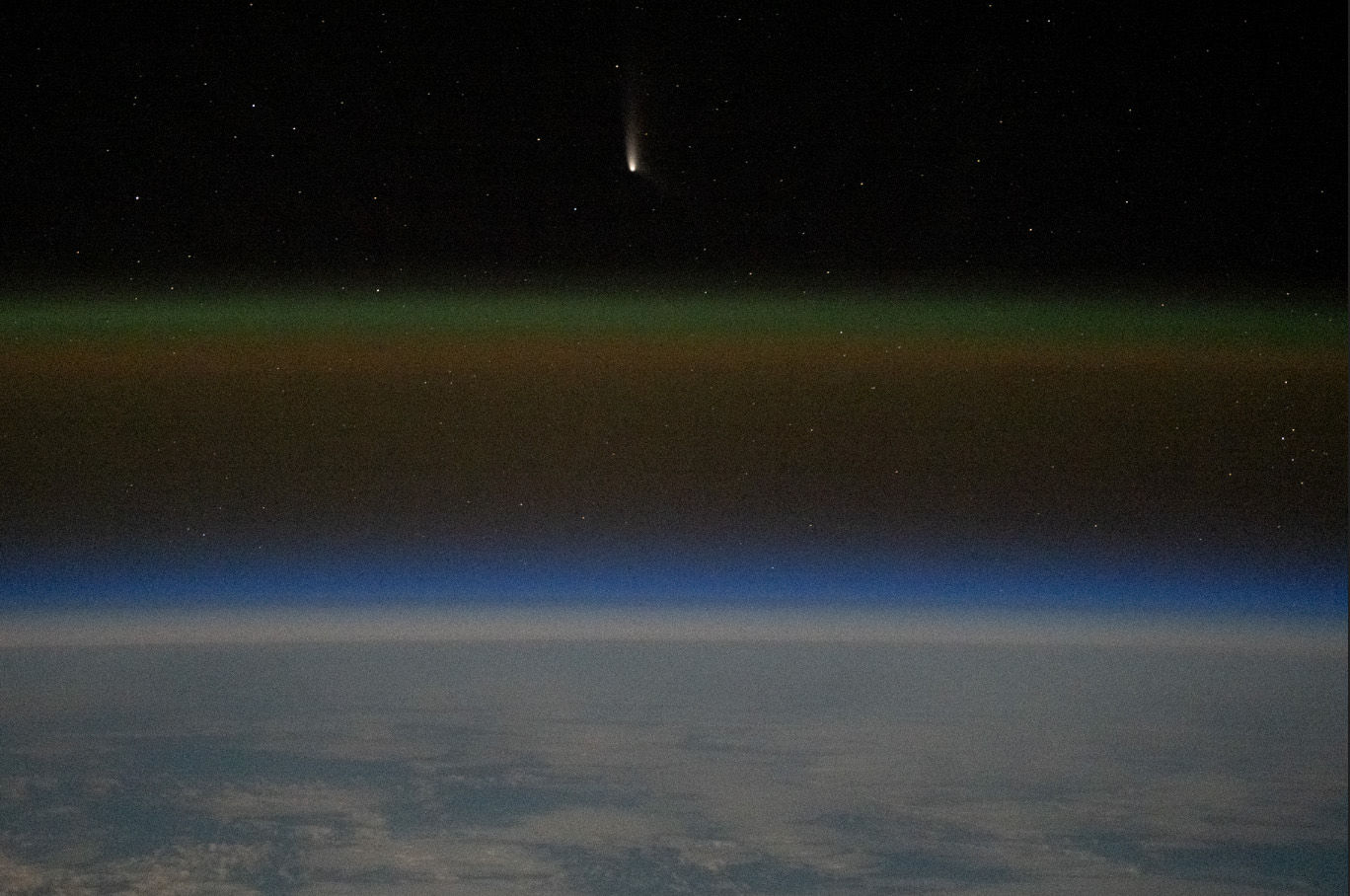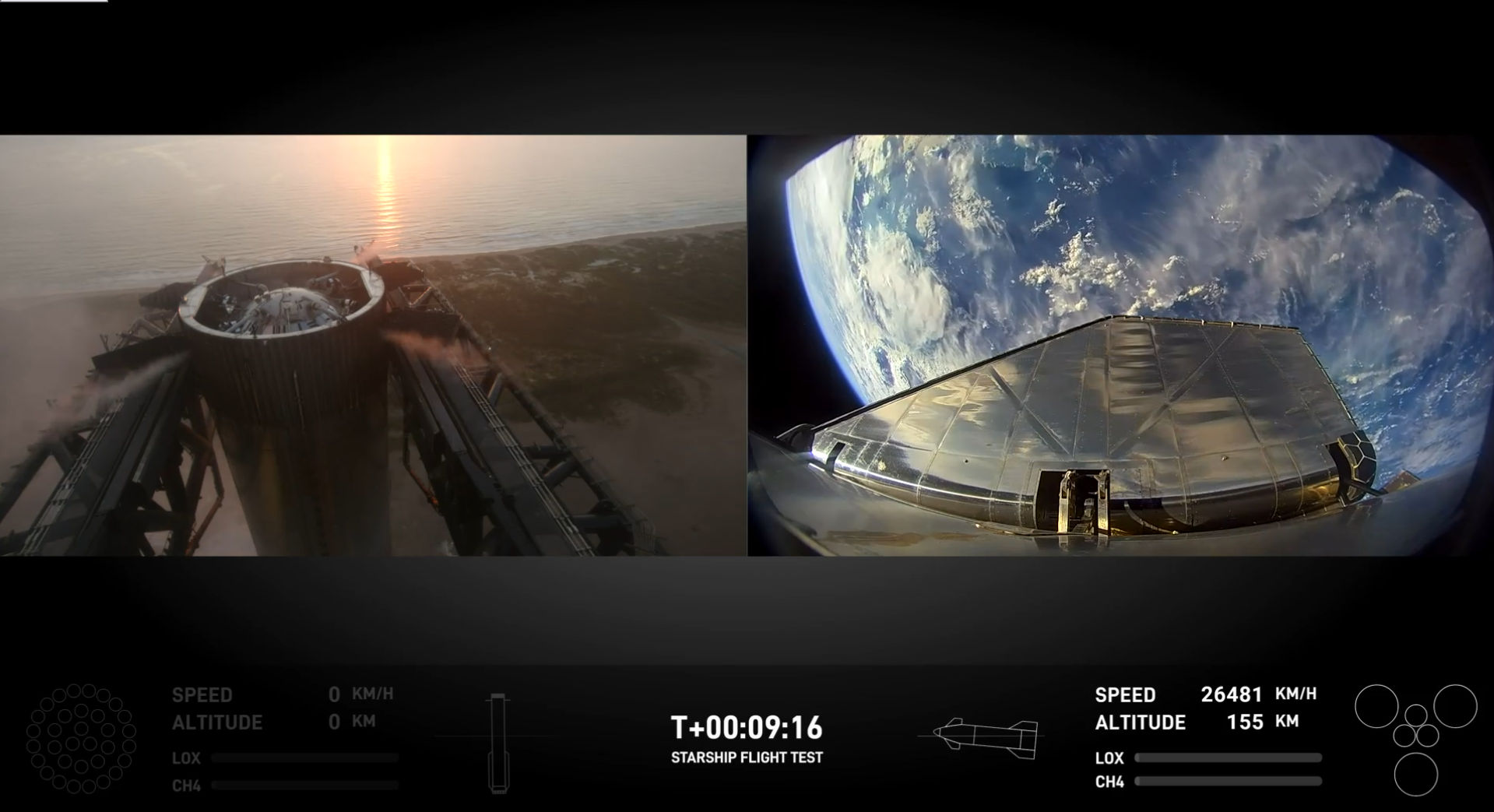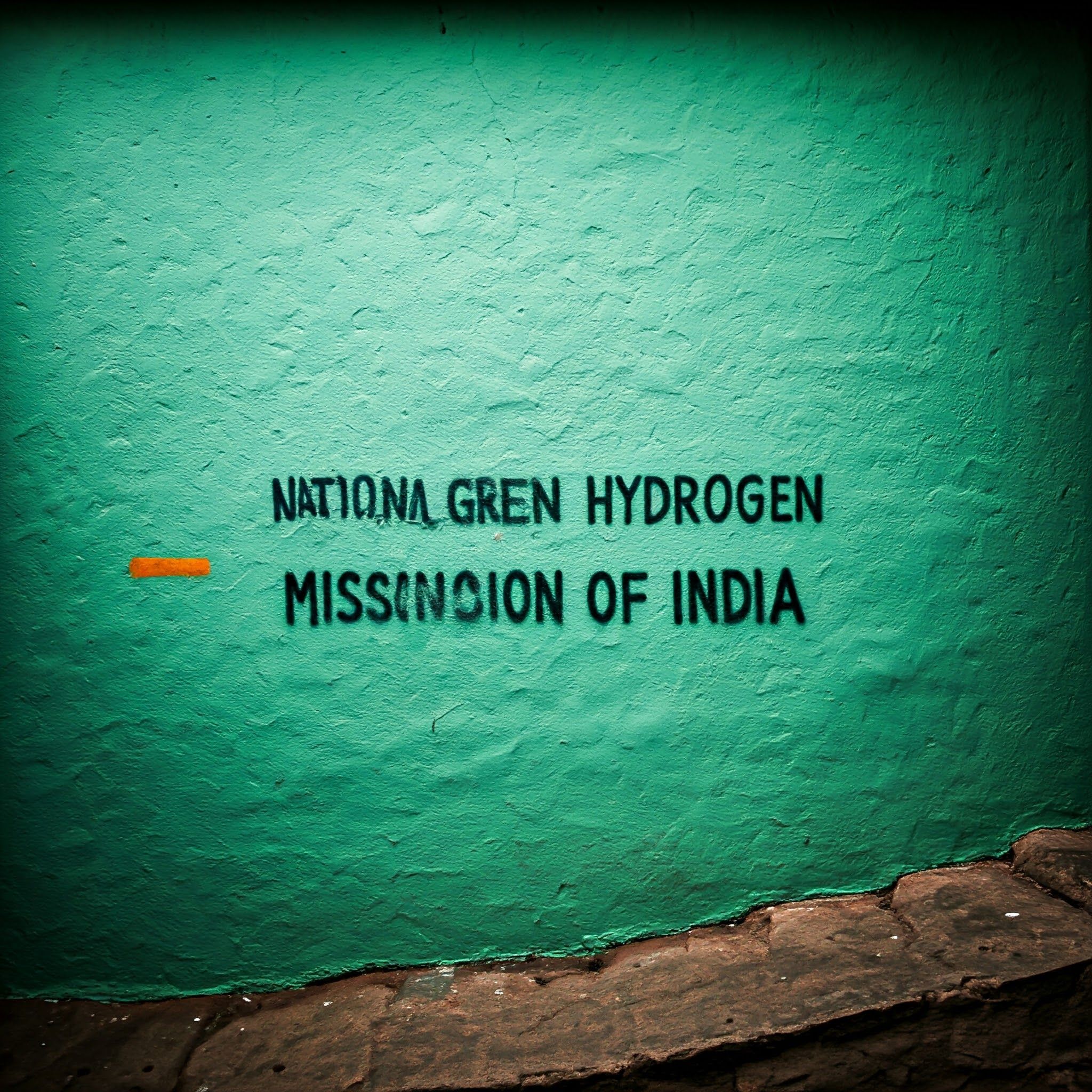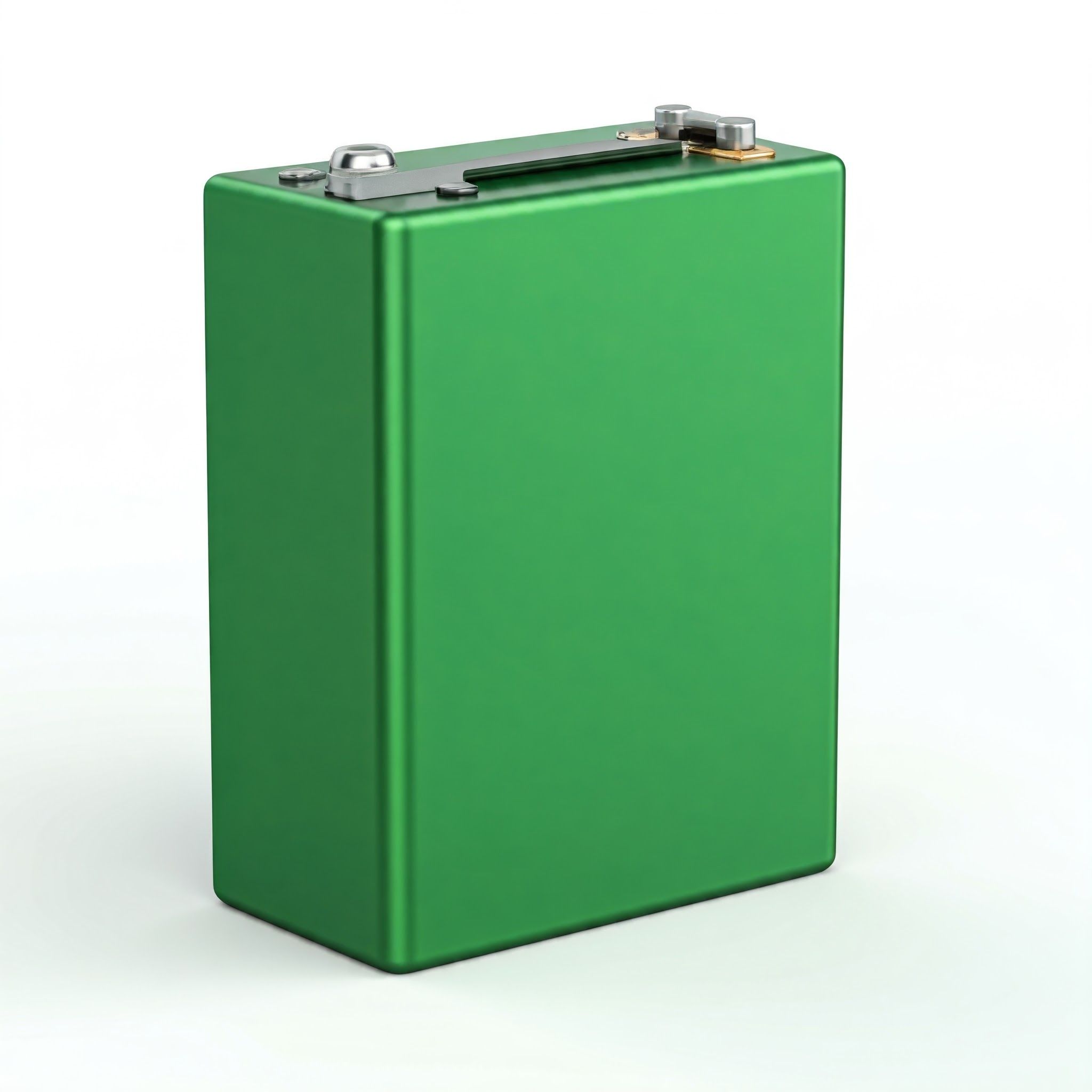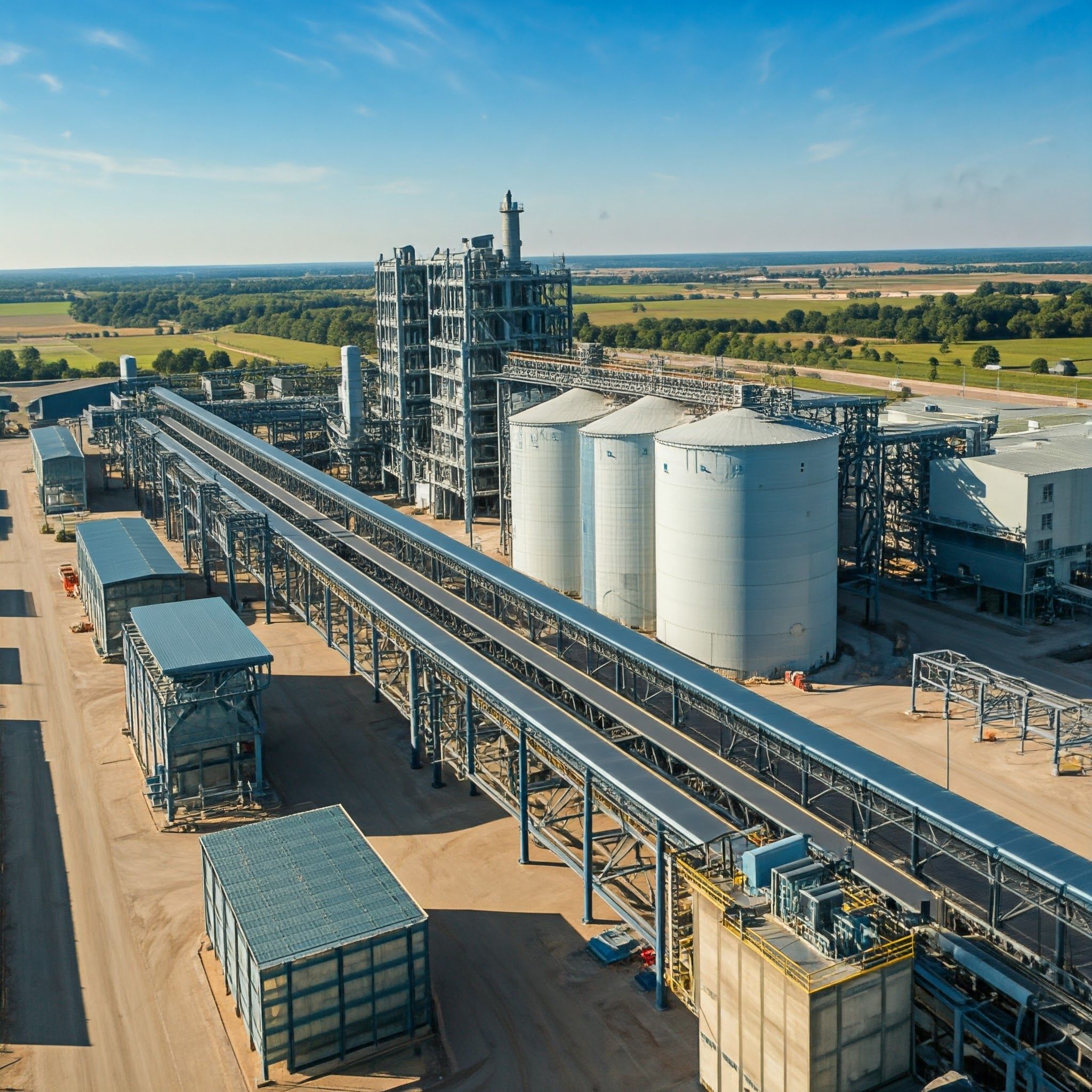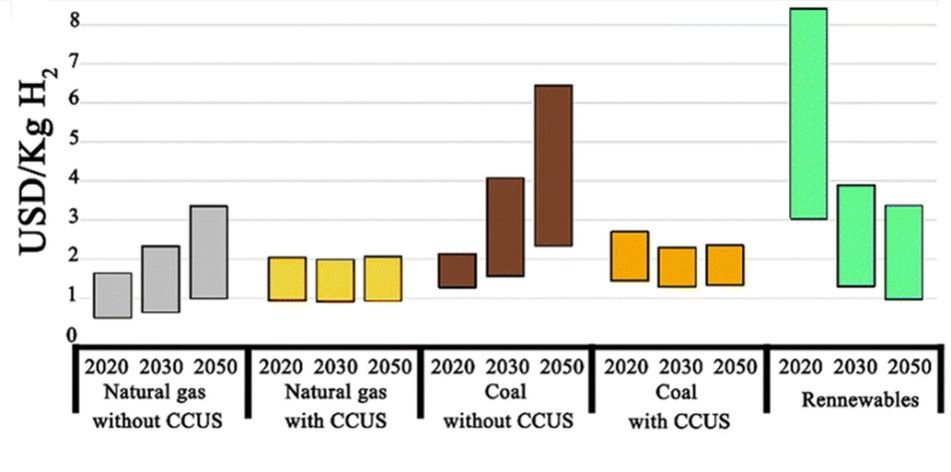Upcoming Sixth Flight Test for SpaceX Starship Set for November 18, 2024
Upcoming Sixth Flight Test for SpaceX Starship Set for November 18, 2024
The sixth main flight test of SpaceX's Starship is scheduled to take place on Monday, November 18, with a liftoff from Starbase, Texas. Approximately 30 minutes prior to launch, a live webcast will be accessible to space devotees via SpaceX's X account, the X TV app, and the company's website. At 4:00 p.m. Central Time, the launch window is scheduled to open for only 30 minutes. SpaceX's X account is the recommended tool for observers to remain informed about the changing schedules of developmental testing, which is characterized by its dynamic nature.
The previous flight test was a significant milestone in the effort to develop a completely reusable launch system, as the projectile of Starship was successfully returned to Starbase and captured by the "chopstick arms" of the launch tower. The fifth flight also exhibited enhancements in controlled entry, resulting in a precise splashdown of the upper stage in the Indian Ocean.
Primary Goals for the Sixth Test Flight
The forthcoming test flight aims to enhance the capabilities of Starship's booster and ship. There are several objectives, including:
Projectile Recovery
The Super Heavy projectile will make another attempt to return to the launch site, with the launch tower catching it. During the ship's suborbital flight over the Indian Ocean, engineers will ignite a single Raptor engine on the upper stage to test in-space maneuvers that are essential for deorbit and eventual orbital missions. This is known as in-space maneuvering. Thermal Protection Testing: The ship will be subjected to thermal experiments, which will involve the evaluation of novel materials and configurations on its heat shield. Potential areas for catch-enabling hardware in future Starships will be assessed by removing specific sections of tiles. Additionally, the ship will be intentionally flown at higher angles of attack to capture data on future landing dynamics and to stress flap control. The booster has been upgraded to include speedier propellant offloading capabilities, structural reinforcements, and enhanced propulsion system redundancy following a successful capture.
Safety Protocols and Dynamic Flight Criteria
A supplemental catch that is effective necessitates the convergence of numerous factors. The projectile and the launch tower must undergo health tests to verify their safe operation. In the event that the conditions are deemed hazardous, the Flight Director will issue a manual command to divert the booster to a gentle splashdown in the Gulf of Mexico. This method guarantees that the safety of the public and the team is the primary concern, with no exceptions. The booster's descent from supersonic velocities may result in the audibility of sonic booms in the vicinity of the landing zone. Weather conditions and the distance from the landing site will influence the intensity of these fleeting thunderclaps.
Future Mission Testing
The Starship upper stage is anticipated to descend into the Indian Ocean, following a suborbital trajectory similar to that of the previous test. Additionally, this mission will involve an in-space fire that utilizes a single Raptor engine, which is another stage in the preparation of Starship for orbital reentry. Engineers will be able to gather valuable visual data by observing the reentry procedure in daylight. Advancements in thermal shield technology, larger fuel containers, and significant enhancements to forward flaps are anticipated during the seventh flight test, which will bring Starship closer to its objective of complete and rapid reusability.
Stay alert for additional information regarding this thrilling expedition toward the next generation of reusable spacecraft!
Image credits Space X: https://www.spacex.com/launches/mission/?missionId...
Source

